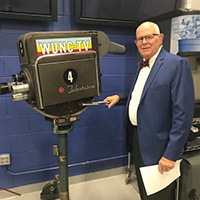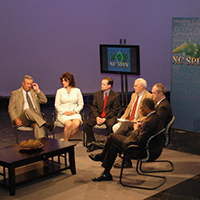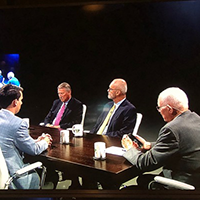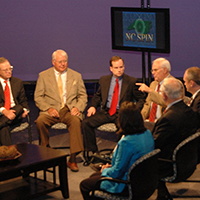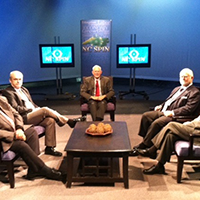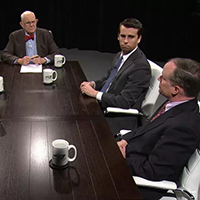As I drove my 5-year-old daughter to kindergarten on a recent morning, I reminded her that we were going out of town for a few days at Thanksgiving to visit family in Ohio.
Her first response: “I don’t want to miss a day of school.”
I told her she wouldn’t — that school is closed those days for the holiday — and asked her why she didn’t want to miss a day.
Her unnerving response: “I don’t want to miss another lockdown drill.”
Apparently, when she recently missed a day of kindergarten so we could attend a family member’s wedding out of state, she missed a lockdown drill, the required exercises to help schools prepare in case of the unimaginable.
When I asked her why she didn’t want to miss a drill, she replied: “Because they’re fun.”
Needless to say, I was heartbroken.
When I asked her if she knew what a lock-down drill was for, she said: “I have no idea.”
Then, a few moments later, she said: “It’s in case a bad guy comes in our classroom.”
A “code red,” she explained, is when everyone has to find a place to hide.
Even more heartbreaking, especially in light of everything going on in the world today.
Growing up in Ohio in the 1970s and 1980s, I remember fire drills and tornado drills — when we put hard-cover books over our heads and necks to protect us from flying objects or glass.
I don’t remember lockdown drills, and I’m almost positive we didn’t have them or anything like them.
While lockdown drills have been conducted for years in North Carolina schools, they are now required at every school in every district at least once a year. Language in the state budget approved this year requires drills to include a “practice school lockdown due to an intruder on school grounds.”
The N.C. Center for Safer Schools, part of the Department of Public Safety, sends out training and guidance to schools so principals, teachers and others know what procedures to follow in certain situations and can teach students the same.
“It is a requirement that school districts take this very seriously,” said Ben Matthews, deputy CFO for operations at the Department of Public Instruction.
The state doesn’t keep statistics on the number of actual lockdown taking place at schools, Matthews said. But the majority of them occur when a crime takes place near a school and a suspect is on loose in the vicinity of a school. Lockdowns have also been implemented in certain emergency situations, such as train derailments with chemical spills.
These drills are a no-brainer in today’s times. I applaud all those who work hard to keep children safe in classrooms.
My guess is that my daughter and other young students across the state don’t fully grasp the need for these drills.
But then again, maybe I’m underestimating how smart and observant kids are these days. Perhaps they do understand.
And that is truly heartbreaking.
Patrick Gannon writes about North Carolina government and politics for the Capitol Press Association.
